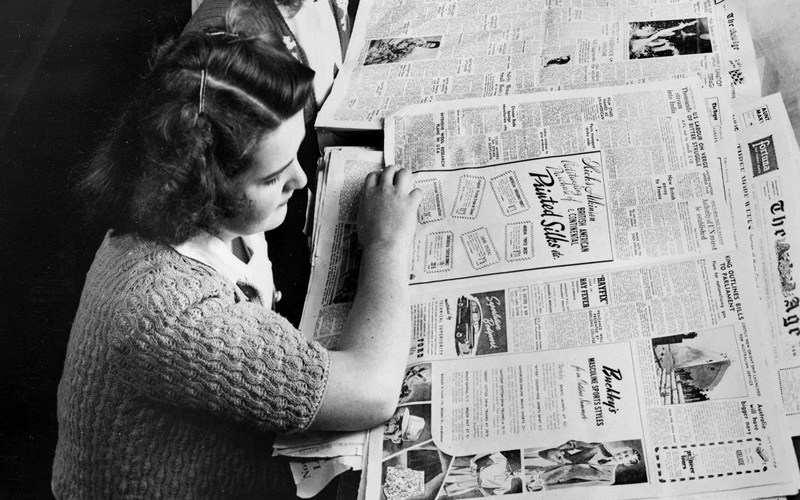Unfit to print: A history and analysis of press power in Australia
For many years, it has been suspected that newspapers have strongly influenced Australian politics. But how does that process of influence work? And how do newspapers understand, influence and project power?

Overview
This project is focused on creating a history of newspaper influence on Australian politics. It combines archival research, content analysis of newspapers, and interviews with former politicians and newsworkers, to examine how newspapers exercise power and how they represent their power to politicians and the public.
Outcomes / activities
In 2019, Professor Sally Young published Paper Emperors: The Rise of Australia’s Newspaper Empires (UNSW Press). It focused on the rise of Australia’s major newspaper empires from 1803 to 1941, and examined their corporate and political influence.
Journal articles published from this funded research also appeared in Journalism Studies and Media International Australia. Conference papers were delivered at the Australian Media Traditions Conference, and invited presentations at the Canberra Writer’s Festival, the Centre for Media History, the Kyoto University School of Government, and the Centre for Media Pluralism and Media Freedom, the European University Institute.
Impact
Paper Emperors was longlisted for the Stella Prize 2020 (a major literary award celebrating Australian women’s writing), and shortlisted for the Colin Roderick Literary Award 2020 (one of Australia’s oldest and esteemed literary awards).
Paper Emperors: The rise of Australia’s newspaper empires
Sally Young
Before newspapers were ravaged by the digital age, they were a powerful force, especially in Australia – a country of newspaper giants and kingmakers.
This magisterial book reveals who owned Australia’s newspapers and how they used them to wield political power. A corporate and political history of Australian newspapers spanning 140 years, it explains how Australia’s media system came to be dominated by a handful of empires and powerful family dynasties. Many are household names, even now: Murdoch, Fairfax, Syme, Packer. Written with verve and insight and showing unparalleled command of a vast range of sources, Sally Young shows how newspaper owners influenced policy-making, lobbied and bullied politicians, and shaped internal party politics.
The book begins in 1803 with Australia’s first newspaper owner – a convict who became a wealthy bank owner – giving the industry a blend of notoriety, power and wealth from the start. Throughout the twentieth century, Australians were unaware that they were reading newspapers owned by secret bankrupts and failed land boomers, powerful mining magnates Underbelly-style gangsters, bankers, and corporate titans. It ends with the downfall of Menzies in 1941 and his conviction that a handful of press barons brought him down. The intervening years are packed with political drama, business machinations and a struggle for readers, all while the newspaper barons are peddling power and influence.
